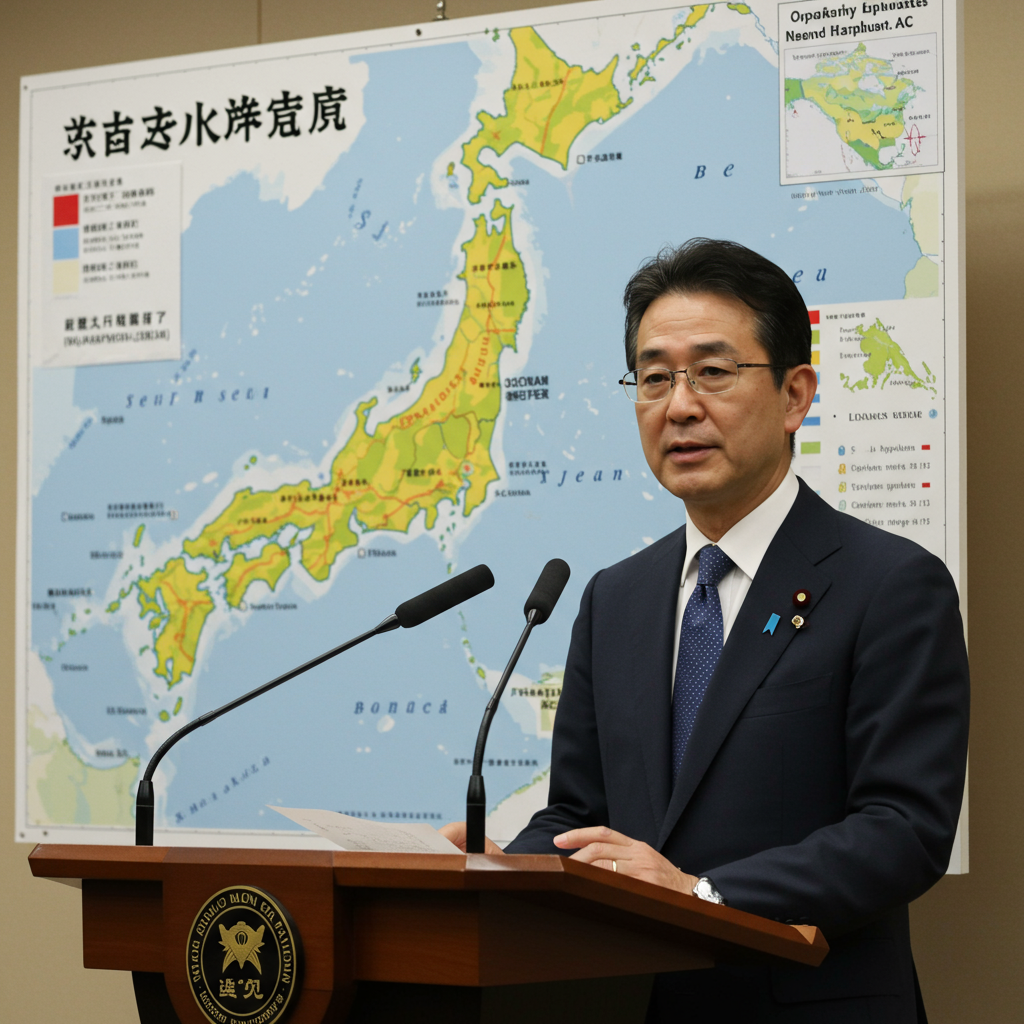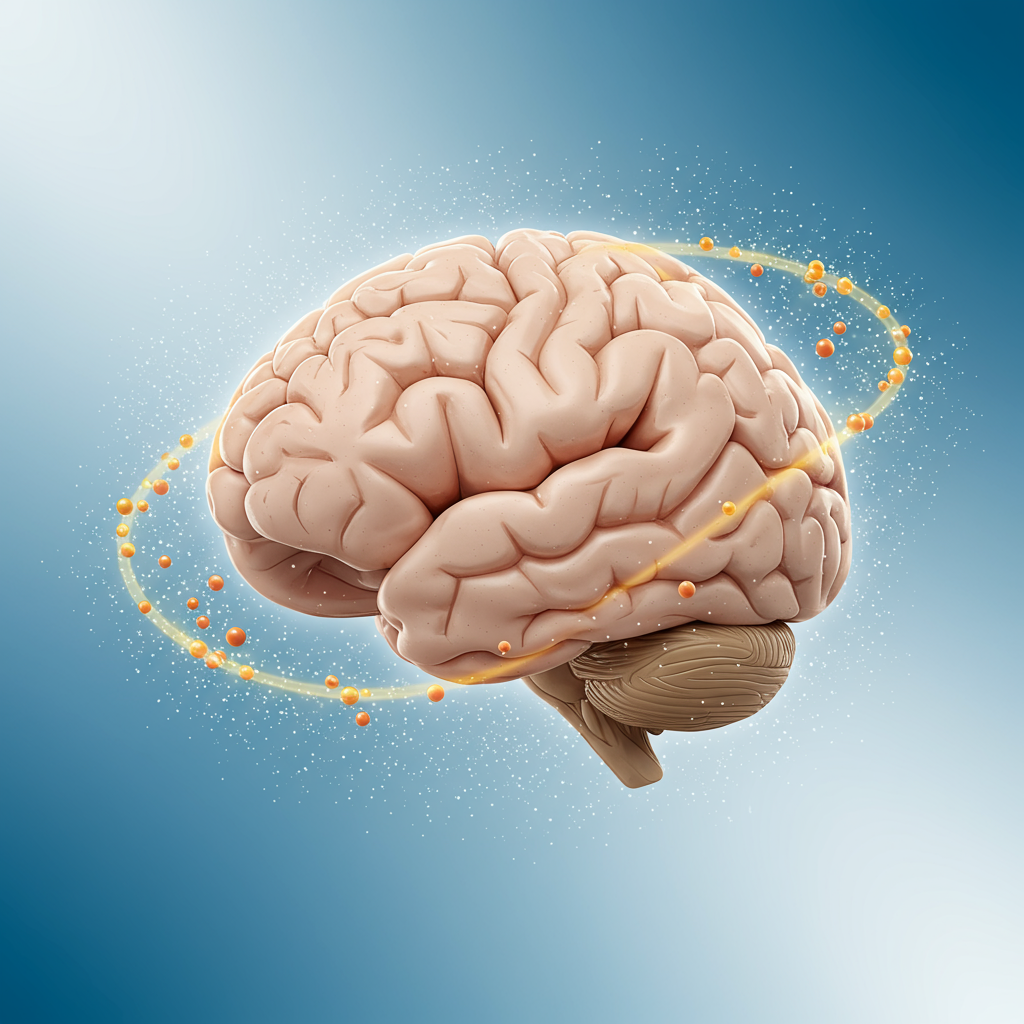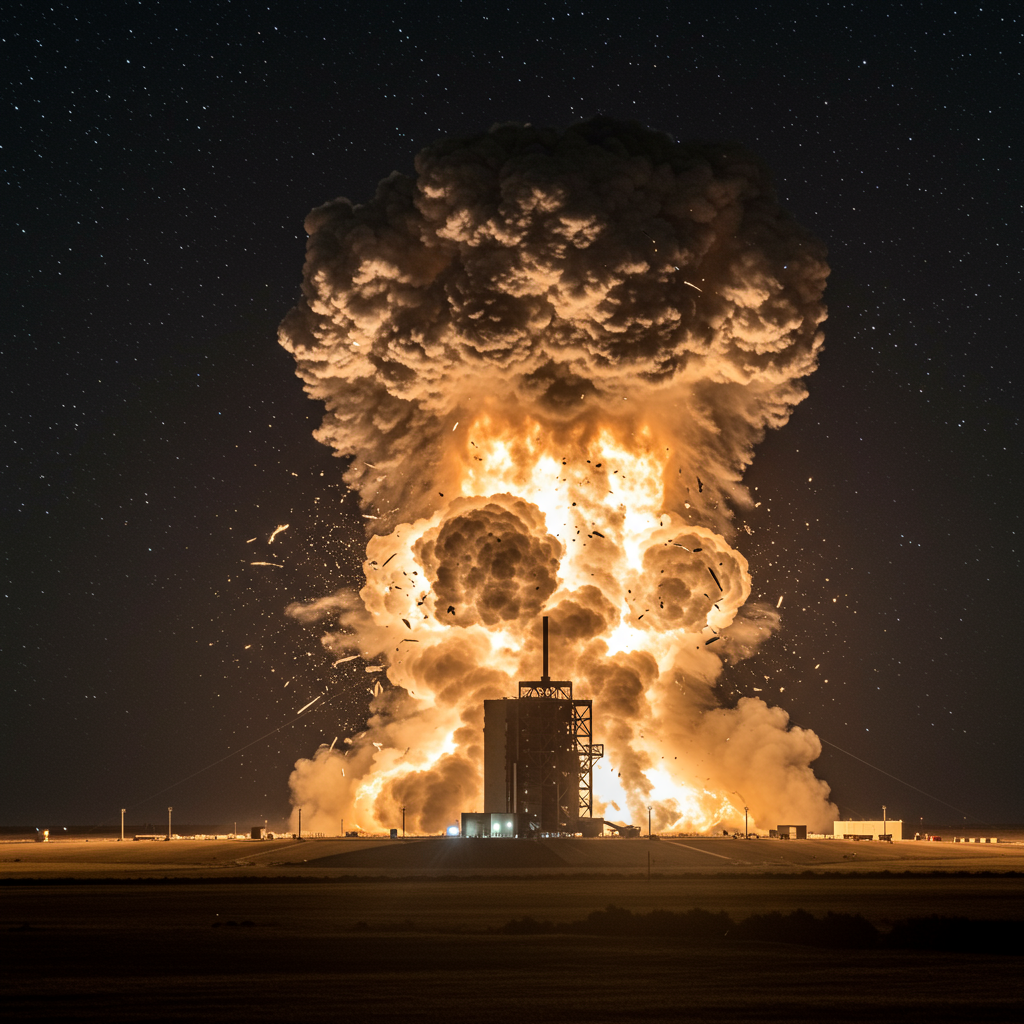japan’s government has issued a warning. More strong earthquakes may occur. These potential quakes are in the waters southwest of the main islands. Simultaneously, authorities are strongly urging the public. Do not believe unfounded predictions of a major disaster. This official stance aims to provide calm amid recent seismic activity. It counters widespread rumors fueled by pop culture.
Authorities took action last Friday. They evacuated some residents. Visitors also left remote islands. These islands are close to a recent epicenter. A 5.5-magnitude quake struck off the tip of Kyushu. Kyushu is Japan’s southernmost main island. The evacuation was a precautionary measure. It followed significant tremors in the area.
Understanding Recent Tremors in Kagoshima
The recent seismic activity has been intense. A 5.5-magnitude quake hit on Thursday. It was strong enough to make standing difficult. This was just one event. It occurred off Kyushu’s southern coast. Specifically, the tremors are centered near the islands of Kagoshima prefecture. Over the past two weeks, more than 1,000 tremors have shaken this area. This surge in activity is significant. It naturally causes concern among residents and observers. Seismic swarms like this require careful monitoring by experts. They provide valuable data for understanding tectonic movements in the region.
Surge in Seismic Activity
The sheer number of tremors is what draws attention. While magnitudes varied, the frequency is high. This swarm differs from a single large quake. It involves many smaller events. These smaller quakes can still cause damage. They also create significant anxiety. The focus is on islands like Akuseki. A ferry carried evacuating residents away. This highlights the direct impact on local communities. Authorities prioritize safety during such periods of heightened activity. Evacuation plans are crucial for remote or vulnerable locations.
Official Response Prioritizing Science
Japan’s government is clear. They acknowledge the possibility of more quakes. This reflects scientific assessment. The Japan Meteorological Agency (JMA) is key. They monitor seismic and tsunami activity. JMA officials provide the expert analysis. Their messaging focuses on evidence-based information. This approach is vital. It guides public safety measures. It also aims to prevent panic.
Ayataka Ebita leads the JMA’s monitoring division. He addressed the public after a recent 5.4-magnitude quake. This tremor shook the area again on Saturday. Ebita stressed the limits of current science. “With our current scientific knowledge, it’s difficult to predict the exact time, place or scale of an earthquake,” he stated. This is a fundamental truth in seismology. Prediction remains an unsolved challenge.
Relying on Scientific Evidence
Ebita’s message is direct. “We ask that people base their understanding on scientific evidence,” he urged at a press conference. This call to rely on science is critical. It counters misinformation. It empowers people with accurate facts. Official sources like the JMA website provide real-time data. They issue warnings based on observed events. This includes tsunami alerts if necessary. Trusting these sources is the safest course of action. It avoids falling victim to rumors or speculation.
Addressing Doomsday Predictions and Manga Hype
Amidst the scientific warnings, a different narrative emerged. Rumors of a major disaster spread online. These rumors stem from a popular source: a comic book. The manga is titled “The Future I Saw.” It was originally published in 1999. A re-release occurred in 2021. Some readers interpreted the manga as predicting a catastrophic event. Specifically, they focused on a date in July.
This interpretation gained traction. It fueled widespread hype. It linked the recent tremors to the predicted disaster. The connection is unfounded, according to experts. However, the rumors had a real-world impact.
Impact on Tourism and the Artist’s Clarification
The rumors circulated widely. They were particularly prevalent in places like Hong Kong. This led to tangible consequences. Some travelers reportedly avoided Japan. Data shows a dip in arrivals from Hong Kong. Visitors from Hong Kong were down 11% in May. This is compared to the same month last year. This occurred despite Japan having record visitor numbers overall. April set a monthly high with 3.9 million travelers. The contrast is telling. Unverified rumors can significantly influence travel decisions.
The artist behind “The Future I Saw” also responded. Ryo Tatsuki issued a statement. Her publisher released it. Tatsuki clarified her position. She stated clearly that she was “not a prophet.” This directly refutes the basis for the doomsday rumors. Her statement helps debunk the specific prediction. It reinforces the message that the manga is fiction, not prophecy.
Japan: A Highly Seismically Active Nation
It’s essential to understand Japan’s geological setting. Japan is situated in one of the world’s most seismically active areas. It lies along the Pacific Ring of Fire. This region is known for frequent earthquakes and volcanic activity. Tectonic plates meet and interact here. This constant geological stress causes tremors.
Japan experiences a significant portion of global seismic events. It accounts for approximately one-fifth of the world’s earthquakes. These are quakes with a magnitude of 6 or greater. This historical context is crucial. Frequent earthquakes are a fact of life in Japan. Residents and infrastructure are built with this in mind. This recent swarm in Kagoshima is not unusual in the grand scheme of Japan’s seismic history. It is a reminder of the country’s dynamic geology. It is not necessarily a sign of an impending, unprecedented disaster.
Preparedness Measures in Japan
Japan has invested heavily in earthquake preparedness. Building codes are strict. They require structures to withstand significant shaking. Early warning systems are in place. These systems detect quakes rapidly. They send alerts before shaking reaches populated areas. Regular drills are conducted. Public education emphasizes safety procedures. This preparedness minimizes risks. It helps the country manage frequent seismic events effectively.
Staying Informed and Safe
In times of heightened seismic activity, reliable information is paramount. The JMA is the primary source for official updates. Their website and mobile apps provide real-time data. They issue warnings for earthquakes and tsunamis. Following their guidance is crucial for safety. Avoid relying on social media rumors or speculative predictions. Science-based information is the most dependable resource.
Individuals can also take steps. Understanding basic earthquake safety is wise. This includes knowing what to do during shaking (“drop, cover, hold on”). Having an emergency kit is also recommended. These measures are part of living in a seismically active region. They apply regardless of specific predictions or rumors. They are standard practice for resilience.
Frequently Asked Questions
What is causing the recent surge in tremors around Japan’s Kagoshima islands?
The recent tremors near Japan’s Kagoshima islands are part of natural seismic activity. Japan sits on the Pacific Ring of Fire, an area known for frequent earthquakes due to tectonic plate movements. The current cluster, a “seismic swarm” with over 1,000 tremors in two weeks, is being monitored by the Japan Meteorological Agency (JMA). While predicting specific quakes isn’t possible, this activity is linked to the ongoing geological processes in this highly active region, not unusual or unnatural phenomena.
Where can I find reliable, scientific updates on seismic activity in Japan?
The most reliable source for information on seismic activity in Japan is the official Japan Meteorological Agency (JMA). Their website provides real-time data on earthquakes and tsunamis, official warnings, and scientific explanations. Public broadcasters like NHK also relay JMA information promptly. Relying on these official, science-based sources is crucial for accurate information and safety guidance during any seismic event.
Should tourists avoid traveling to Japan because of recent earthquakes and predictions?
Authorities in Japan, including the government and Japan Meteorological Agency, have dismissed doomsday predictions as unfounded hype. While acknowledging the potential for more quakes in specific areas like Kagoshima, they emphasize basing understanding on scientific evidence. Japan is a country with frequent seismic activity, and preparedness is high. The recent tremors in a specific region do not indicate a nationwide disaster. Official sources provide safety guidance, and for most areas, travel remains safe, though staying informed is always advised.
Conclusion
Southwestern Japan is currently experiencing increased seismic activity. This includes numerous tremors near the Kagoshima islands. Japanese authorities are proactively warning residents and visitors. They anticipate the possibility of more quakes in the region. However, they are equally firm in their message. Do not give credence to unfounded doomsday predictions. Such rumors, fueled by misinterpretations of pop culture, lack scientific basis.
Officials, like those at the Japan Meteorological Agency, emphasize relying on scientific evidence. They stress the limitations of earthquake prediction. Japan is inherently seismically active. Frequent quakes are part of its geological reality. The country’s robust preparedness measures reflect this. Staying informed through official channels is key. Trusting science over speculation is the safest approach for everyone.
Word Count Check: ~960 words




